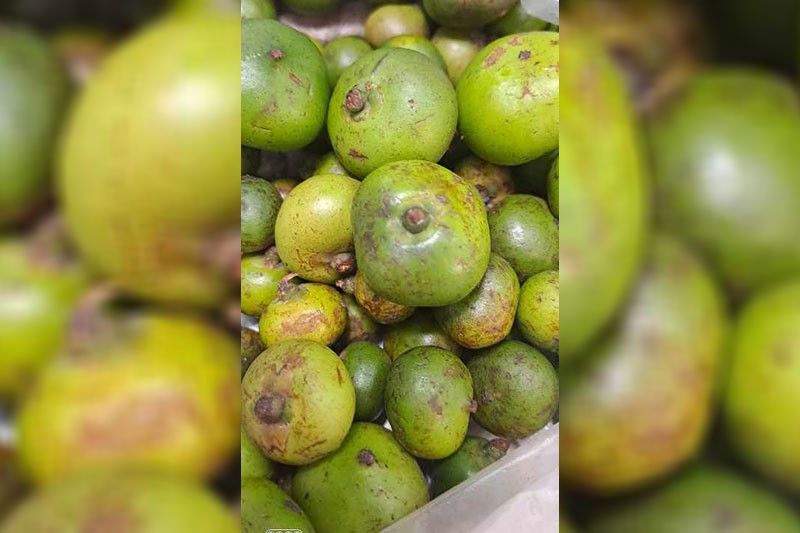Chef explains why there is no Sinigang sa Batwan in Iloilo

MANILA, Philippines — Contrary to popular belief that the Ilonggos’ version of Sinigang uses Batwan, an endemic tomato-sized fruit that looks like a small buko, there is no such thing as a Sinigang sa Batwan in Iloilo and the rest of Western Visayas.
“It’s a Tagalog thing,” Ilonggo chef Rafael "Tibong" Jadeleza Jr. clarified. “Ilonggos use Batwan as a souring agent, but we do not cook Sinigang with it. We cook Kansi and use Batwan as its souring agent. If we want to eat beef boiled in soup, we make Linaga but we usually use Libas as souring agent for Linaga and not Batwan, and we do not call it or consider it as Sinigang.”
Batwan is actually an endemic species of fruit-bearing tree that belongs to the genus Garcinia, which includes the super fruit mangosteen. Batwan, also spelled Batuan, goes by the scientific name Garcinia binucao, and is also known in other parts of the Philippines as Binukaw, Balikot, and Bilukaw. The tree grows to a height of 24 to 26 meters and the fruit looks like a mini coconut with a hard green shell that turns yellowish as it grows “older.”
While Batwan can be found in other parts of the country, it is more concentrated in Western and Eastern Visayas, where it is actively used as a souring agent for dishes, most popular of which are Kansi, Tinola, Adobo, and KBL or Kadios, Baboy at Langka.
Kansi is an Ilonggo sour soup with beef shanks and Langka (raw jackfruit) as main ingredients, with Batwan as its souring agent. It is similar to Bulalo but with lemongrass, ginger, onion and Annatto (achuete), and the Langka and Batwan in Kansi make a world of difference.
KBL, meanwhile, is an Ilonggo stew that capitalizes on the flavors of three main ingredients, namely Kadios, Baboy (pork) and Langka. Kadios is a type of beans often used in Iloilo and the rest of Western Visayas. It translates to pigeon peas in English and it is what gives the dish a purplish color. The Baboy (pork) used in KBL is usually Pata (pork hocks), and the Langka is raw jackfruit. The dish originates from the Hiligaynons of Western Visayas and is closely associated with Ilonggo cuisine.
Aside from serving as a souring agent, Batwan is now being processed into jams, powder and paste to make it more accessible for culinary use in Metro Manila and in other parts of the country.
RELATED: Recipe: Iloilo's Beef Offal Soup




















